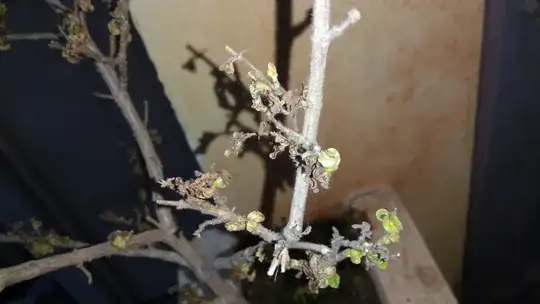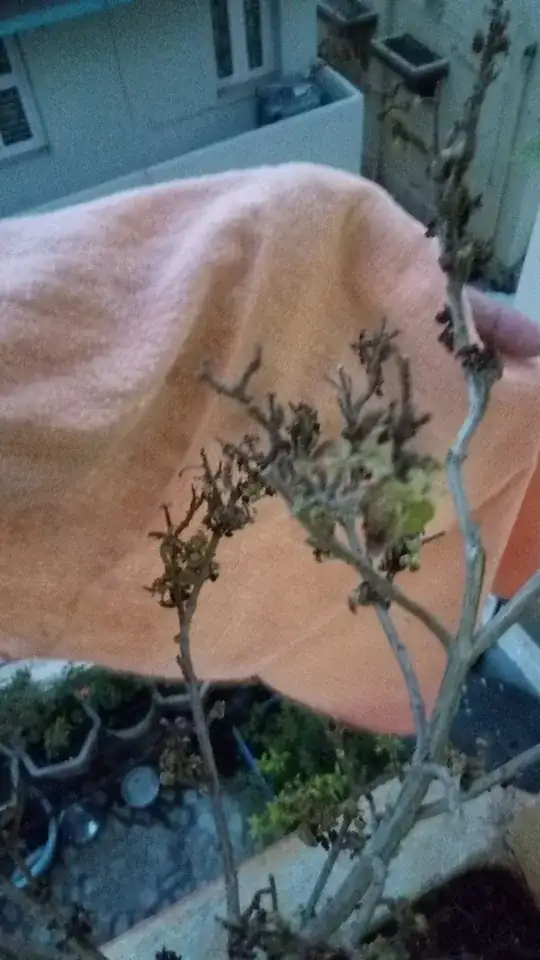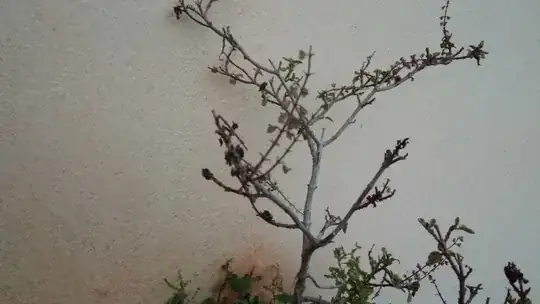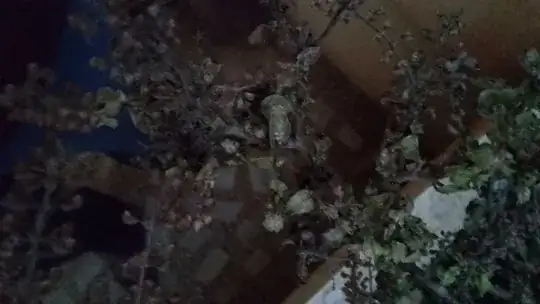It looks like it had/has a very bad case of powdery mildew. Powdery mildew attacks a lot of plants. It takes advantage of moisture on the plants leaves to live. This moisture often comes from humidity in the air. Some herbaceous perennial plants get powdery mildew every year with very little damage. But, a very bad case can kill the plants, especially evergreen plants. They have not way to shed the disease and grow again the next year. Plants that often get powdery mildew are roses, phlox, some maples, and Rudbeckia. These plants are able to tolerate it due to their seasonal changes.
There are some fungicidal sprays that will slow down the disease, but most you do not want to spray on leaves that you plan to eat. There are some bacterial sprays that actually kill the disease. Those might leave behind a strong taste, so again no a spray you want to uses.
The best you can do is prevention in the future. Make sure you plant has plenty of air flow. Keeping it out in the open vs against a wall will help prevent the disease.
Keeping your plant in good health is the best thing you can do. Don't under or over water. It takes advantage of weak plants.
Powdery Mildew - Wikipedia



